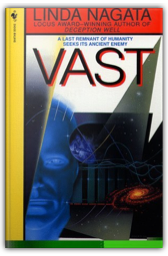
Linda Nagata's debut novel The Bohr Maker (1995) was an impressive SF exploration of nanotechnology. In Deception Well (1997) and its sequel Vast (1998) she pushes this to extremes, with molecule-sized machinery and gene-modified human cells no longer distinct. There are cult-carrying viruses, infectious peace memes, adapted humans whose scaly armour is a permanent spacesuit, and possibilities of swapping biological material with alien species. 
What's the best way to approach Newman's brilliant new addition to his reinvention of the Dracula myth? Is it to expect an eccentrically plotted, flesh-tingling horror tale with some stunningly orchestrated (and grisly) set pieces? Or is it look for a highly intelligent, post-modern riff on the vampire concept, stuffed full of clever and witty references to both real-life and fictional characters? Actually, it's both. Since the groundbreaking Anno Dracula, Newman has not been content to turn out merely efficient and atmospheric thrillers (although he can do that as effortlessly as anyone in the genre); clearly what excites him is to extrapolate elements of an over-familiar genre into a richly textured picture of a society: Victorian England in Anno Dracula, and a fascinatingly realised Rome in the late 1950s in this latest book. Into this world of La Dolce Vita, paparazzi and coins in fountains, Newman injects his highly individual spin on a society in which vampirism is endemic. The jet setters, intellectuals and vampires of the Eternal City are talking about the forthcoming marriage of Count Dracula (in Italian exile from Transylvania) to the Moldavian Princess Asa Vajda. Some speculate that this is the first step in Dracula's master plan: to reassert his supremacy as Lord of the Undead. But this is essentially a backdrop to Newman's real story—an implacable, terrifying and enigmatic figure known as the Crimson Executioner is bloodily dispatching vampires in the city. Coming closer and closer to some grim revelations is Newman's insecure journalist heroine Kate, but the masterstroke here is the involvement of undead British secret agent Bond. However, this isn't quite Ian Fleming's sardonic character: and the other literary characters finding themselves involved in the operatic blood-letting include Patricia Highsmith's Tom Ripley, among many others. The brilliance and wit with which Newman reinvents these characters and incorporates them into his own outrageous narrative will probably make it difficult to ever see them in the same light again. But never do these mordantly funny reinventions overwhelm the inexorable progress of the plot, and Kate, struggling with her own vampirism, is a heroine as richly characterised as any in mainstream fiction. And when it comes to delivering the goods in terms of the gruesome, Newman has few equals:Something she'd never seen before happened to Malenka. Pockets of blubber bulged under Malenka's skin, inflating her face, her belly, her thighs, her torso, her arms. She ballooned, splitting like overcooked sausage. White stuff, veined with red, bubbled out of her rent skin. Her dress exploded. —Barry Forshaw 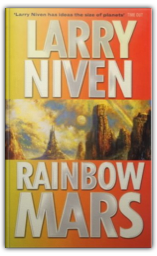
According to Larry Niven, time travel is logically impossible—sheer fantasy. So when time-agent Svetz heads back from polluted future Earth in search of extinct animals, he tends to sideslip into fantastic, fictional worlds. In short stories collected in The Flight of the Horse (1973), his quests for a horse, Gila monster and whale unearthed a unicorn, a dragon and Moby Dick...Less comic but equally daft, Rainbow Mars combines both space and time travel to explore Mars in the deep past, before it was a dead world. Naturally it is populated by a menagerie of warring fictional Martians from Edgar Rice Burroughs (multi-armed sword-wielders), H.G. Wells(tentacles and heat rays)and less familiar authors. Svetz and companions are soon in big trouble. Complications include a gigantic alien tree extending into Mars' orbit—an organic version of the space elevator from Arthur C. Clarke's The Fountains of Paradise. One of these useful "beanstalks" on Earth seems a highly desirable facility, but there are hidden drawbacks, and most of the multiplying time-lines lead to disaster...Fun for experienced sci-fi readers who can follow the in-jokes and the switchback ride through tangled alternative histories. The earlier, funnier Svetz stories are included as a bonus. —David Langford—This text refers to the Hardback Edition of this book. |

Pollen is the sequel to Vurt (winner of the 1994 Arthur C. Clarke award), and both are concerned with a world in which dreams, drug-induced hallucination and reality become completely intermingled. In this volume, the dream world unleashes a pollen that threatens to cause people in the real world to sneeze to death. 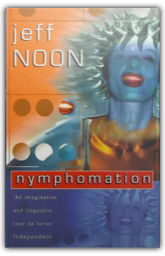
Imagine living in a city where the lottery has become the most important thing in everyone's life. Imagine that the lottery is based on dominoes, which only form their winning or losing combination as the Friday night draw is made. Imagine that people will kill to obtain winning dominoes. Imagine adverts exhorting you to play the lottery as they fly around in the air. Now set all that in Manchester in 1999. 
The year is 1803, and that scalliwag Napoleon Bonaparte has gone to war again. For Captain Jack Aubrey, who has fled to France to escape his creditors, this is doubly alarming news. In short order the captain is interned, makes his escape across the French countryside, then leads a ship into battle. And again, his adventures are cleverly counterpointed by those of his alter ego Stephen Maturin. —Amazon.com 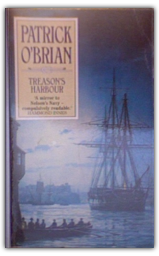
This segment of the Aubrey saga is set in Malta, where the captain's "small, sweet-sailing frigate" is undergoing repairs. The island, however, is swarming with Napoleonic agents, which means that Stephen Maturin must do everything in his power to avert sabotage. A typical O'Brian cocktail of action and intrigue. 
Captain Jack Aubrey sets sail for Cape Horn, determined to intercept an American frigate before it can wreak havoc on the British whaling trade. As always, he is accompanied by intelligence operative Stephen Maturin, and as always, Aubrey has no idea of what his companion is up to. Another impeccably written adventure, by the end of which you should be able to identify a mizzen topsail in your sleep. 
Will Napoleon Bonaparte form an alliance with the Malay princes of the South China Sea? Not if Jack Aubrey can help it. Conveying a diplomatic mission to the Sultan's court, Aubrey and company must also contend with orangutans, typhoons, and a squadron of wily French envoys. 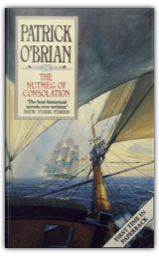
Shipwrecked! When Captain Aubrey and his crew run aground on a remote island, they labour to construct a seaworthy schooner from the wreckage (taking breaks, of course, to play cricket). Their subsequent adventures lead them to the dreaded penal colony at Botany Bay, and then, as always, back to sea. 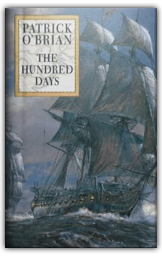
The year is 1815, and Europe's most unpopular (not to mention tiniest) empire-builder has escaped from Elba. In The Hundred Days, it's up to Jack Aubrey—and surgeon-cum-spymaster Stephen Maturin—to stop Napoleon in his tracks. How? For starters, Aubrey and his squadron have been dispatched to the Adriatic coast, to keep Bonapartist shipbuilders from beefing up the French navy. Meanwhile, one Sheik Ibn Hazm is fomenting an Islamic uprising against the Allies. The only way to halt this manoeuvre is to intercept the sheikh's shipment of gold—because in the Napoleonic era, as in our own, even the most ardent of mercenaries requires a salary. 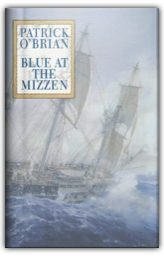
Why do the sea-faring adventure novels of Patrick O'Brian enjoy such a phenomenally devoted readership? Actually, O'Brian enthusiasts can take their pick from a variety of qualities of excellence: The sheer command of writing technique; the adroit characterisation of his heroes, every bit as rich and well-rounded as anything in serious fiction; and, of course, the bracingly-realised atmosphere of the sea on which the author sets his tales of derring-do. The latest volume, Blue at the Mizzen, represents an even greater refinement of O'Brian's art. |

Mike Scott
Collection Total:
4227 Items
4227 Items
Last Updated:
Feb 21, 2010
Feb 21, 2010
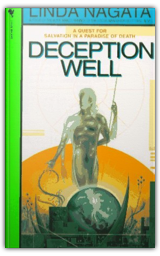



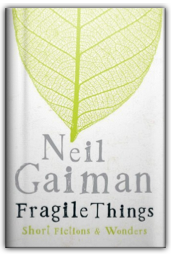

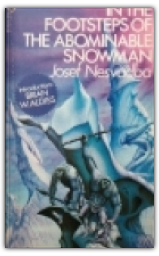


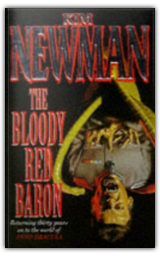
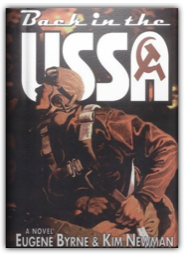
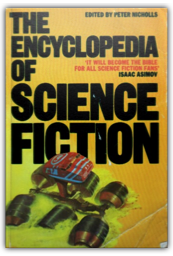

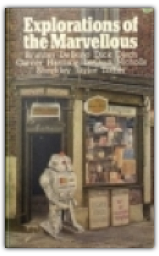


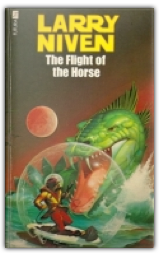

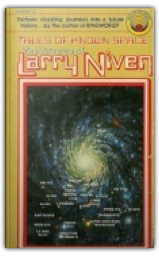
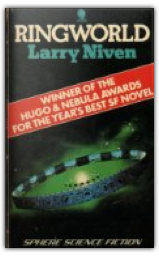

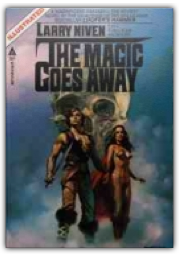
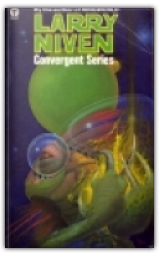
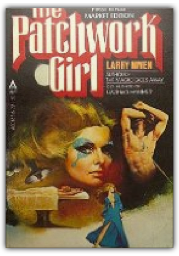
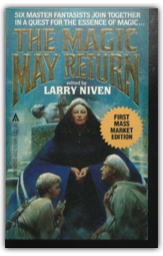
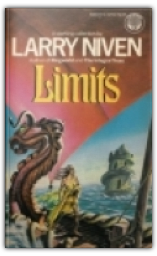

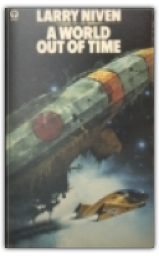
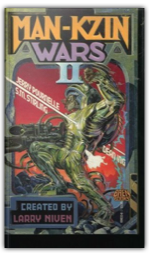

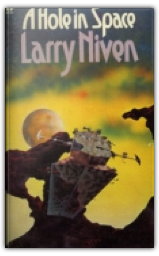
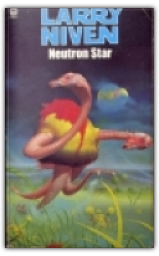



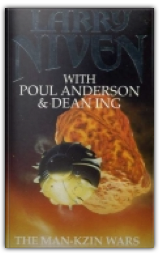
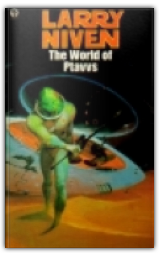
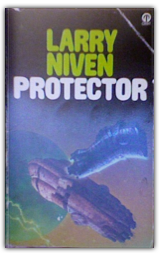
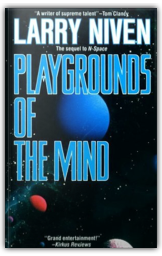
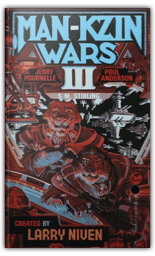

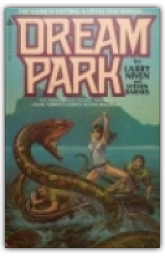
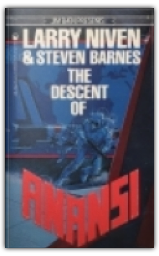

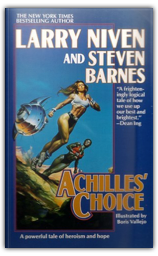
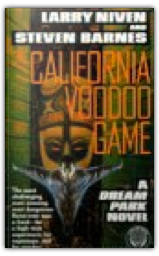
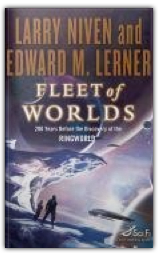
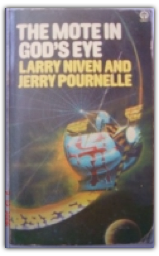
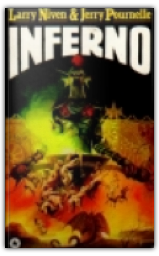
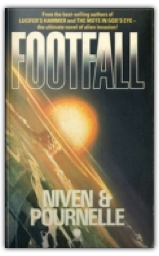

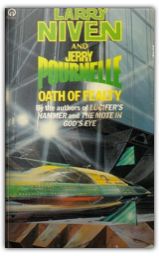
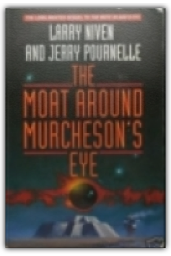
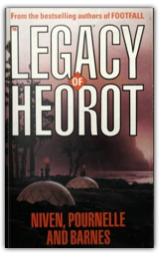
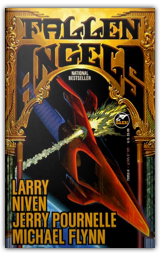

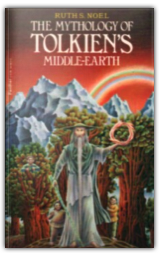
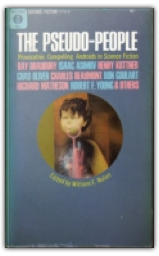
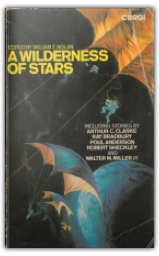



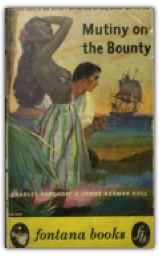
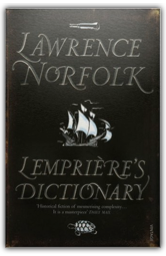
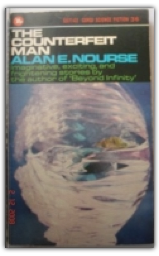
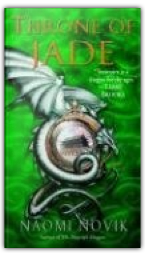
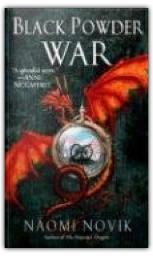
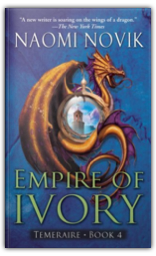
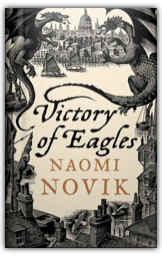


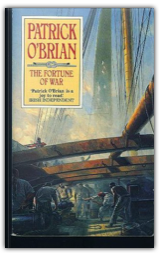

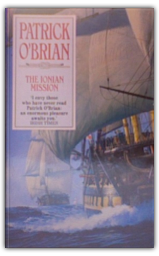
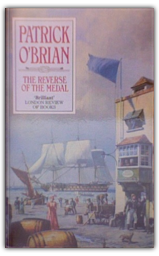
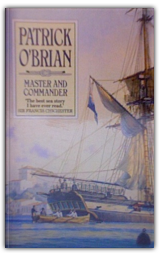

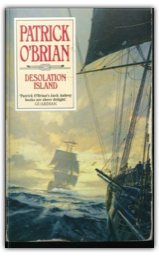
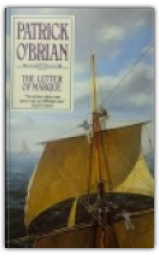
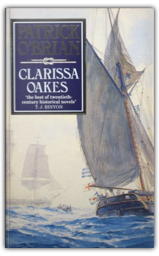
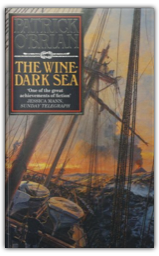
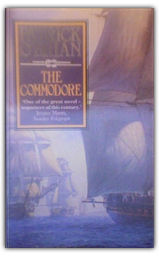
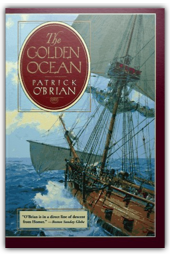
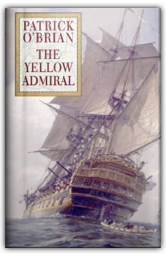





 Made with Delicious Library
Made with Delicious Library